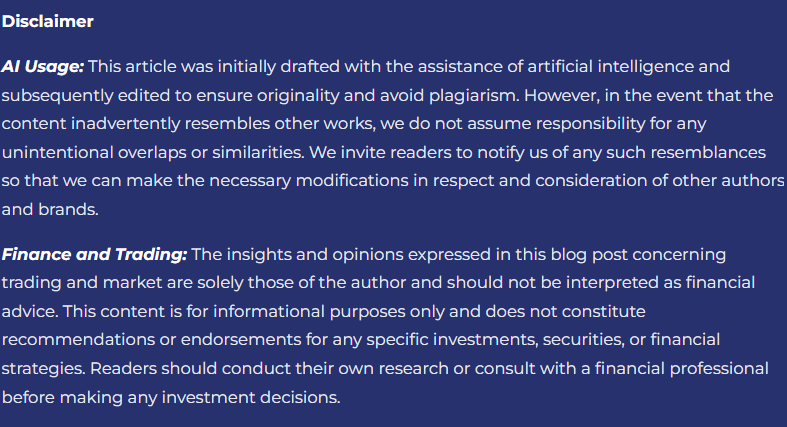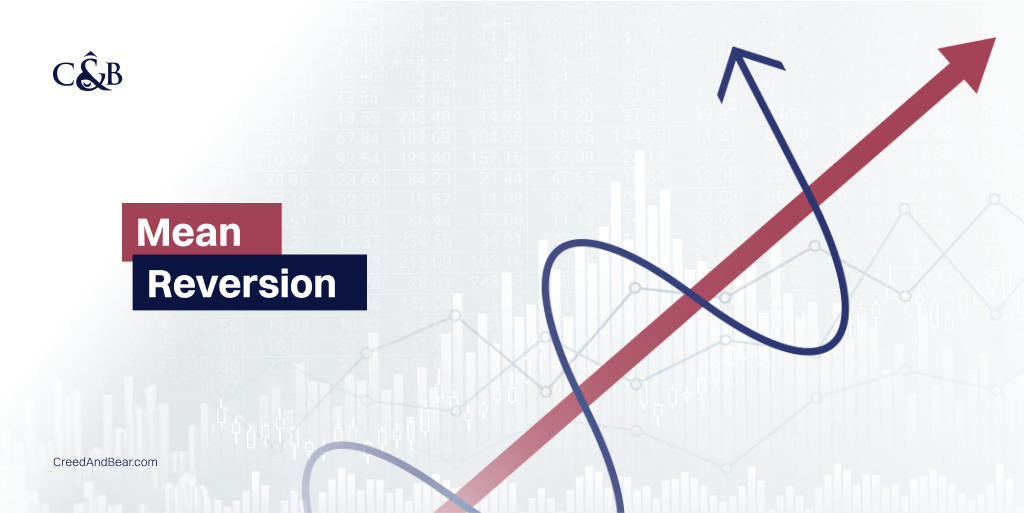Algorithmic trading is a diversified practice that has fostered a growing number of trading strategies. And it is one that involves complex mathematical approaches. One of the most powerful and intriguing strategies employed today by algorithmic traders is “Mean Reversion.”
Mean Reversion is based on the fundamental principle that asset prices tend to revert to their average value over time. If the price of an asset is too high, it is highly probable that it will go down. By the same token, if the price of an asset is too low, it is likely to go up.
Algorithmic trading strategies founded on this principle utilize technical analysis. To determine when the price of an asset has likely reached the “top” or the “bottom,” which can be imagined as the two ends of the asset price spectrum. In mean reversion, the price of an asset hitting the top indicates that it is likely to go down and revert to the mean. Conversely, if the price of an asset has hit the bottom, it could indicate the potential upward trend toward the mean.
Using extreme asset prices as signals, the algorithm will automatically trigger a buy or sell order for an asset depending on whether the price is expected to trend upward or downward.
The Foundational Principle of Mean Reversion
Deeply rooted in statistical principles and analysis, mean reversion primarily focuses on the concept of a mean or average and its central role in asset prices. The strategy operates under the assumption that an asset’s price will oscillate around its mean value over time. As such, when the price of an asset deviates significantly from its historical average, mean reversion algorithms consider this an opportune moment for a potential price correction that sees the asset gradually snap back to its mean value. It’s during this window, that one could program a mean reversion algorithm to execute a buy or sell order. This could be done in order to make gains from the potential price movements that may take place.
Advantages of Mean Reversion
Mean reversion entails several significant advantages that make it a widely utilized trading algorithmic trading strategy. Below are some of them:
- Relatively simple to execute: In comparison to other algorithmic trading strategies, mean reversion can be relatively simple to deploy. Which can make it appealing to traders who have limited technical knowledge.
- Effective: Mean reversion can be very effective in generating profits, especially in trending markets. There, the prices tend to move in one direction over an extended time horizon. This price action can reveal opportunities for mean reversion algorithms: To buy when assets are significantly undervalued by the market. And to sell when the asset is significantly overvalued by the market.
- Less Risky: Mean reversion strategies are overall more appealing to traders who lean toward a more risk-averse profile, as it does not rely on trends. Trends can be unpredictable, and this could lead to large financial losses. On the other hand, mean reversion is based on the idea that prices will eventually revert to their average value, making it more predictable.
Final Thoughts
At the end of the day, mean reversion is a trading strategy. Which means it requires judicious risk management and careful analysis of market conditions. However, due to its simplicity and effectiveness, the strategy stands as a compelling and distinctive method for traders.






